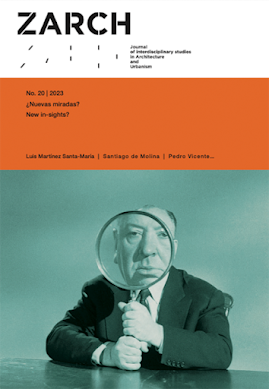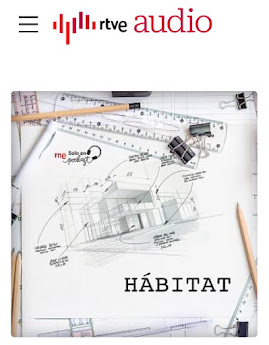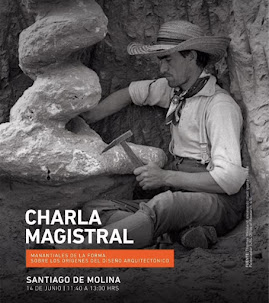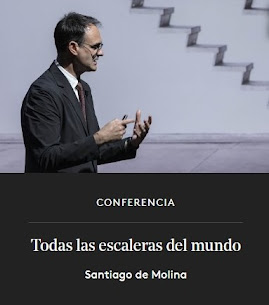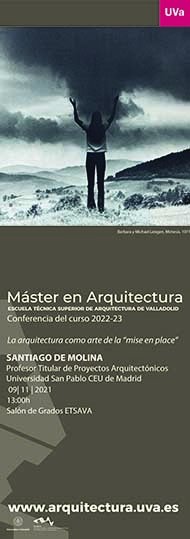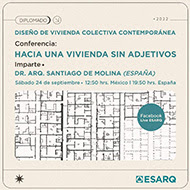La pugna para imponer el discurso de lo políticamente correcto, o su derivada, el de la cancelación, está intrínsecamente limitado a mirar todo bajo su propia óptica y volverse de un onanismo vergonzante o peor, de un radicalismo intransigente y sectario camuflado bajo el aspecto de un mundo de falso bienestar y de cosmopolitismo universal. Sobre todo porque lo transpolítico no pasa de ser más que una voluntad, un clima, pero no una verdadera agenda o un proyecto. Estamos instalados en un clima mental gobernado por un fantasma de una fatua negatividad propositiva. El mundo de la exaltación de la diferencia está dejando aflorar uno de los mayores debates en el terreno de la arquitectura: un abismal y nada gratuito sectarismo, (junto a un victimismo de traca) y una incapacidad escandalosa para producir nada relevante.
El mercado transpolítico de la arquitectura es excluyente e intolerante bajo una capa de igualitarismo. Esa es la batalla que se libra hoy con su artillería más gruesa en la universidad americana y en los museos de arte modernos. Y en arquitectura puede detectarse en un discurso donde se intenta que difumine sus bordes con el arte y se borre el concepto de valor a cambio de integrar el más escolástico matiz de sensibilidad. Sin embargo, no puede olvidarse que en este clima de suspicacia, a todo se le puede encontrar un pero. El dilema y la urgencia no es cómo salir del atolladero del penúltimo discurso, sino preguntarnos si el atolladero es real o ficticio. ¿De verdad hay que elegir entre los hormigones blancos y la solidez de la madera maciza frente al fluor neobrutalista en descomposición y unas fútiles burbujas de vidrio? Resistirse a la propagandista simplificación de los polos es heroico. Preferir lo bueno antes que lo que no ofende a nadie o exalta la diferencia, es suicida. Pero ese es el verdadero activismo de la arquitectura. Ese es el lugar desde el que construir verdadero bienestar social derivado de la cultura. Sin rebajas. Lo demás es pura voluntad de poder.
The struggle to impose the discourse of political correctness, or its derivative, that of cancel culture, is intrinsically limited to viewing everything through its own lens and becoming either embarrassingly self-indulgent or, worse, entrenched in intolerant and sectarian radicalism camouflaged under the guise of a world of false well-being and universal cosmopolitanism. Especially because the transpolitical will never be more than just that—a desire, a climate—but not a true agenda or project. We find ourselves in a mental climate governed by the specter of a futile propositional negativity. The world of celebrating difference is giving rise to one of the most significant debates in the realm of architecture: a glaring and anything but gratuitous sectarianism (along with an impressive victim complex) and a scandalous inability to produce anything relevant.
The transpolitical market of architecture is exclusionary and intolerant beneath a veneer of egalitarianism. That is the battle being waged today with its heaviest artillery in American universities and modern art museums. In architecture, this can be detected in a discourse where attempts are made to blur its boundaries with art and erase the concept of value in exchange for integrating the most scholastic nuances of sensitivity. However, it cannot be forgotten that in this climate of suspicion, a fault can be found in everything. The dilemma and the urgency lie not in how to escape the quagmire of the latest discourse, but in asking ourselves whether the quagmire is real or fictitious. Do we truly have to choose between white concrete and the solidity of solid wood versus decaying neo-brutalist fluorine and futile glass bubbles? To resist the propagandist simplification of poles is heroic. Let's stick with what's good not just what's inoffensive to nobody or exalts the difference. That is the real activism. That is the place from which to build true social well-being derived from culture. Without discounts. The rest is pure will to power.













_-_left_hand_screen,%20imagen%20wikipedia.jpg)













